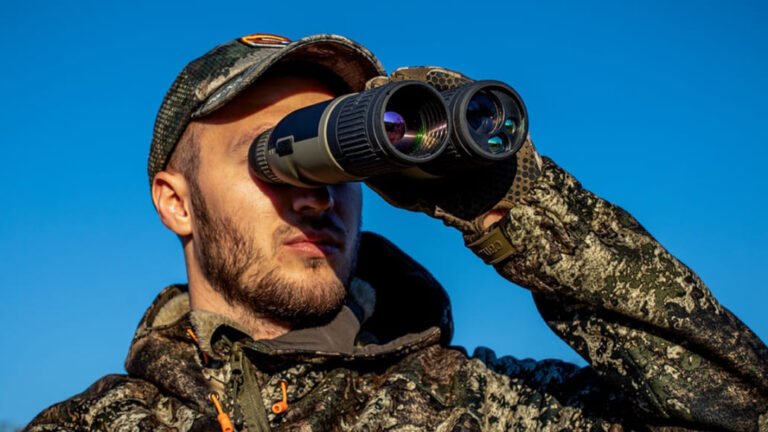Determining the all-weather capacity of thermal binoculars is essential for guaranteeing dependable functioning in a variety of conditions. Because thermal optics are made to detect heat signatures, they work well in difficult weather circumstances like fog, rain, or snow. It is critical to assess these devices’ performance in a range of weather conditions to make sure you are purchasing a product that fulfills your demands. For instance, AGM thermal binoculars are renowned for their reliable performance in a variety of settings.
Let us delve into the five key ways to assess the all-weather capability of thermal binoculars.
Check the Ingress Protection (IP) Rating
One of the most important measures of a thermal binocular’s resistance to inclement weather is its Ingress Protection (IP) certification. The dust and water resistance of the equipment is gauged by this rating. For instance, binoculars with an IP67 rating are water- and dust-tight and may be submerged for a short period in water up to a specific depth. Higher IP-rated devices are more resilient to extreme weather, making them dependable for outdoor activities throughout the year.
Test Performance in Fog and Rain
It is advisable to evaluate the performance of thermal binoculars in foggy and wet settings since these are typical outdoor weather obstacles. Thermal optics, in contrast to classical optics, should be able to detect heat signatures and yet produce excellent images in low visibility conditions. Use the binoculars in the rain or fog and note the image sharpness to gauge this. No matter the weather, high-quality thermal binoculars like AGM thermal models continue to work well and produce crisp, clear images.
Evaluate Temperature Range Capabilities
Another important consideration in evaluating thermal binoculars’ all-weather performance is the temperature range in which they can function. Top-notch thermal optics are made to work in extremely hot and cold environments. To find out the operating temperature range, see the manufacturer’s specs. Binoculars operating in the range of -20°C to 50°C, for example, may be used with confidence in cold and scorching desert environments.
Assess Durability and Build Quality
The durability and construction quality of thermal binoculars are important factors in determining how well they endure bad weather. Seek binoculars with weather-resistant, durable materials, such as armored casings or rubberized coatings. The interior components are shielded from the weather and physical harm by these characteristics. Examining the binoculars in actual situations, such as snowstorms or intense downpours, can help you gain a realistic grasp of their resilience and all-weather performance.
Review User Feedback and Professional Reviews
Analyzing user comments and expert evaluations is one of the most trustworthy methods to find out if thermal binoculars are capable of being used in any weather conditions. Users who have used binoculars in a variety of weather situations frequently discuss their experiences, emphasizing both the positive and negative aspects of the product. Expert evaluations, particularly those carried out in controlled settings, offer information on the performance of the binoculars in certain meteorological scenarios. Seek reviews that highlight the device’s capabilities in inclement weather and think about how these experiences relate to the application you have in mind.
The conclusion
Anyone who uses thermal binoculars in erratic outside conditions has to know whether these instruments are capable of withstanding all types of weather. You can be sure that your thermal binoculars of choice, such as AGM thermal models, will fulfill your requirements in any weather by paying attention to these factors. Whether you are enjoying the outdoors, going on a security assignment, or just out for a stroll, these methods can assist you invest in a trusted instrument that offers dependable performance and clear vision.
